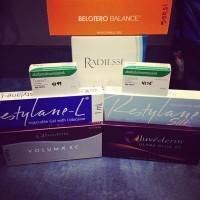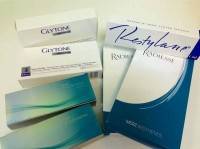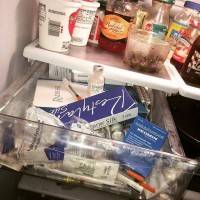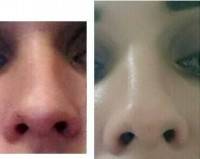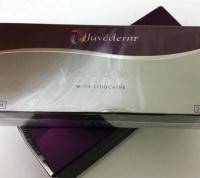Fillers after rhinoplasty
Filler in the nose after rhinoplasty
Don’t be nervous – it’s not uncommon to use filler to fill in little dents in the nose. Some surgeons use it to reshape the nose as a non-surgical rhinoplasty.
I’d spend some time talking to your plastic surgeon so you understand the product better and feel more comfortable having the procedure done. (Catherine Huang-Begovic, MD, Beverly Hills Plastic Surgeon)
Injectables can be used to correct minor nasal contour deformities
You did not state how sizable or noticable this “dent” is on your nose. Surgery may address this issue though it can be costly and not alway completely predictable and you do have the down time.
Injectables can be a great solution particularly for a small defect though the results are not necessarily permanent.
Radiesse, Juvederm and Restylane are commonly used injectable materials that can quickly and relatively easily provide correction of the imperfection with no down time. (Steven Turkeltaub, MD, Scottsdale Plastic Surgeon)
Fillers for small dents/imperfections after rhinoplasty
The use of fillers for this purpose has become quite popular over the last 5+ years due to improvements in their qualities and longevity. In skilled hands, Radiesse can do the trick but it is not permanent (lasts ~ 18 months).
Permanent fillers are either off label silicone (fraught with a extensive history of complications) or Aquamid soon to be FDA approved and which gives a very natural look and feel. Otherwise more surgery is your only other permanent option. (Ryan Stanton, MD, Beverly Hills Plastic Surgeon)
Radiesse Can Improve Contour Deformities After Rhinoplasty
Radiesse and other injectable fillers can work nicely to fill-in contour deformities following rhinoplasty with minimal downtime and recovery. Most fillers eventually dissolve, so the results may not be permanent. A revision rhinoplasty can achieve a more permanent fix, but surgery usually involves a longer recovery and potentially increased risks. I would consult a skilled rhinoplasty surgeon to discuss all of your options. (Larry Fan, MD, San Francisco Plastic Surgeon)
Fillers to touch up rhinoplasty
A filler such as Radiesse is an acceptable choice to fill a small dent after rhinoplasty, though most would say a revision would give the best and most stable result. Radiesse is a stimulatory filler that contains a calcium substance which when placed in the defect causes collagen to form and maintain the result.
The product is a semi-permanent filler and will slowly disappear after a year or two, and is not marketed as a permanent filler. This is ‘the’ problem of fillers in the nose, permanence. No one wants a revision, and if the problem is small enough, consider the filler. (Peter E. Johnson, MD, Chicago Plastic Surgeon)
Radiesse after rhinoplasty
Radiesse or other fillers are a safe and effective way to augment nasal contour deformities. This would be an excellent alternative for surgical revision. An additional benefit for using a filler would be the temporary nature of the results if you are not fully satisfied. (Kambiz Jacob Cohen-Kashi, MD, Long Island Plastic Surgeon)
A well-performed Injectable Filler treatment may be used to fill the dent in your nose after Rhinoplasty Surgery. Video attached
I read your concern. Small indentations in the nasal bridge are relatively common following Rhinoplasty Surgery. Most experts would recommend surgery for a permanent result.
If you would like to avoid revision rhinoplasty surgery, you may consider having a treatment with Silikon-1000, an off-label filler for permanent results. (Eric M. Joseph, MD, West Orange Facial Plastic Surgeon)
Although I usually do not like fillers in a nose, it sometimes can help with a minor depression or deformity. Each one has to be evaluated individually, I do not like to use fat in a nose. Radiesse is my preferred filler. (William B. Rosenblatt, MD, New York Plastic Surgeon)
Radiesse for rhinoplasty defect
Injectable fillers are safe to use in the nose and are frequently used in patients who desire a non-surgical rhinoplasty.
Revision surgery is also an option but for a small defect, you will have to go through a longer recovery time than with fillers. (Kristin Egan, MD, Manhattan Beach Facial Plastic Surgeon)
Another option that works really well is a fat transfer to the nose-we use it in acne patients and it works very well in other areas. Make sure you find someone who has a lot of experience-Radiesse is irreversible (Edward J. Bednar, MD, Charlotte Plastic Surgeon)
